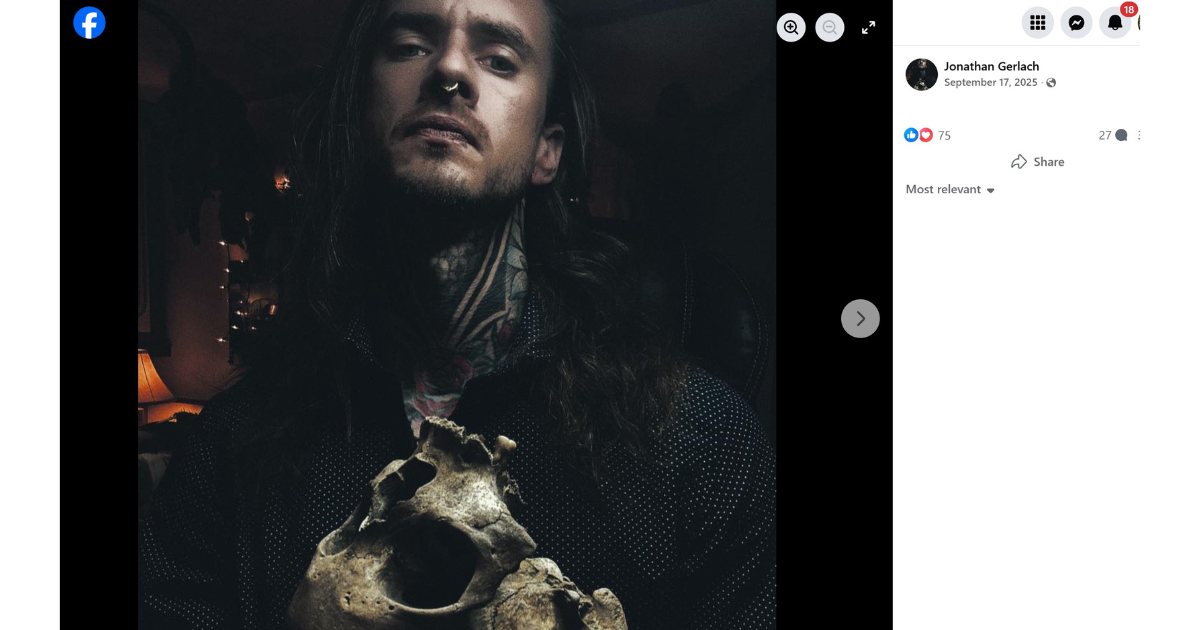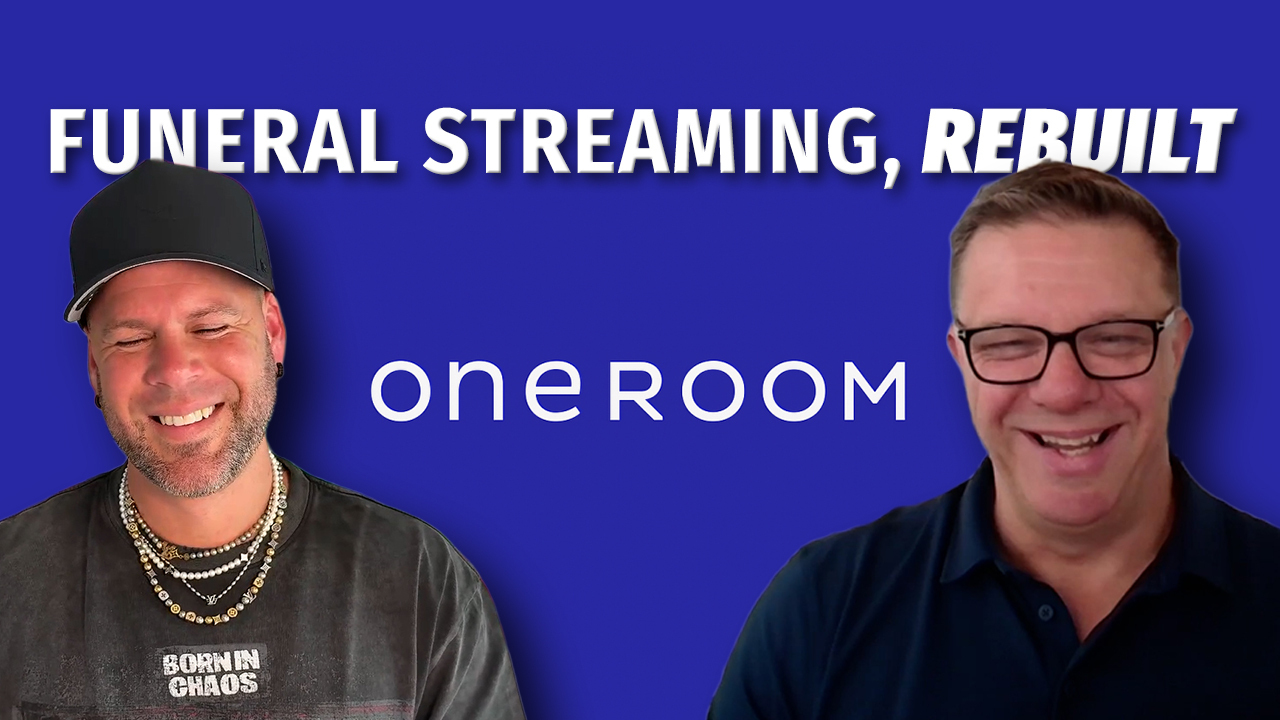Death Becomes Her: Meet The Very Modern Mortician Who Champions ‘cool’ Funerals
Before we begin our interview, I ask Caitlin Doughty to take me somewhere meaningful: a place that she loves, or to which she has some deep spiritual or biographical connection. It’s a sunny day, like a lot of days in Los Angeles, and so she drives us both the few blocks from her home to Angelus Rosedale, the biggest, greenest open space in the non-descript neighborhood known as Mid-City. Bees buzz nearby as we stroll across the impeccably kept grass.
Doughty tells me it’s one of her favorite places to walk, to think, to picnic with friends. “There’s nowhere else this quiet, beautiful and lovely in the neighborhood,” she says, and I have to agree. One small thing, though: the Angelus Rosedale is a cemetery. And Doughty, a 28-year-old with a fashionable haircut who appears to be entirely sane, is a mortician.
In fact, she may be a lot more sane than you or me, because she has spent much of her life wrestling with a topic that the rest of us do our level best to ignore: death. The Rosedale Cemetery, she explains with the giddiness of a geek, was founded in 1884 and three years later became home to only the second crematorium in the US. Several early LA mayors were interred here. As the first cemetery in the city to accept the corpses of all races and creeds, the Rosedale also boasts the burial plots of Hattie McDaniel, the first African-American to win an Oscar (for Gone With the Wind), and Dooley Wilson, who played Sam in Casablanca.
California has a particular significance in the modern history of death. In 1963, Golden State resident Jessica Mitford published her seminal exposé of the funeral industry, The American Way of Death. That same year, the Catholic Church approved cremation as an acceptable form of body disposal, and Southern California quickly became the capital of what Doughty describes as “the direct cremation revolution”. Today, Northern California is at the heart of the “alternative death industry”, which advocates eco-friendly, coffin-free home burials.
Los Angeles, then, seemed a logical location for the young mortician to make her mark. Few funeral directors appear on Yelp, and even fewer have their own websites. But in 2011, Doughty founded the Order of the Good Death (orderofthegooddeath.com), an online collective committed to returning death to contemporary American life. The name comes from a 19th-century group of African slaves in Brazil, Irmandade de Nossa Senhora da Boa Morte (‘Sisterhood of Our Lady of the Good Death’). The Order’s mission was to cut through the death anxiety of modern secular culture, and help people to consider their mortality anew.
“In America,” says Doughty, “burial means an embalmed body in a heavy-duty casket with a vault built over it, so that the ground doesn’t settle. That body is encased in many layers of denial. Engaging with the corpse is good for us, mentally and emotionally. A hundred years ago, everybody kept bodies in their homes for a few days after death. But the corpse has been taken out of our culture, and that’s to the detriment of our relationship with death.”
The project took off after Doughtyf began a YouTube series called ‘Ask a Mortician’, in which she answers questions about death and dead bodies. Championed by the irreverent women’s blog Jezebel, the series soon attracted tens of thousands of hits, and a substantial audience for Doughty’s discussions of whether corpses defecate (they do, sometimes); when to talk to children about death (early/often); and how to liquify a corpse (alkaline hydrolysis). One questioner asked if they could bake a loved one’s cremated remains into a chocolate cake. Yes, but it wouldn’t be strictly legal…
The Order now has members from across the developed world, including film-makers, musicians, poets, artists, writers, and an Australian fashion designer who creates customized, decomposing burial garments. “They tend to be the only people in their social circle doing innovative things with death,” says Doughty, “so they’re pretty happy to hook up with the Order. There’s a whole world of things we can do with the dead body that we could never explore before, because of religious and cultural proscriptions. In this new global, increasingly secular society, we have a chance to say, ‘Let’s do something cool and interesting, let’s re-examine these traditions and see what we come up with’. The Order of the Good Death is intended to bring that conversation to the public.”




